Dharamshala, 29th March: Remember when the Taliban blew up a gigantic Buddha statue over two decades ago and several Buddhist monasteries? In Afghanistan, these same people are now safeguarding Buddhist structures. Surprised? Well, here’s the Story.
In the caverns carved into the russet cliffs of rural Afghanistan, old Buddha statues repose in quiet meditation. Hundreds of meters beneath the surface is what is thought to be the world’s largest copper deposit. Afghanistan’s Taliban authorities are counting on Beijing to turn that lucrative vein into revenue in order to save the country from severe international sanctions.
The fighters stationed along the rocky ridge may have pondered destroying the terracotta Buddhas in the past. When the Islamic hard-line Taliban initially came to power two decades ago, they provoked international anger by blowing up massive Buddha sculptures in another region of the country, claiming they were pagan symbols that needed to be purged.
However, they are now dedicated to conserving the Mes Aynak copper mine’s treasures. According to Hakumullah Mubariz, the Taliban’s chief of security at the site, peering into the ruins of a monastery erected by first-century Buddhist monks, doing so is critical to unleashing billions in Chinese investment.
Mubariz formerly led a Taliban combat battalion in the neighboring highlands, fighting with US-backed Afghan forces. His forces hurried to secure the property after those troops surrendered last year.
The Taliban’s stunning reversal exemplifies the appeal of Afghanistan’s mostly unexplored mining sector. The country’s mineral wealth, estimated to be worth $1 trillion, has been considered by successive governments as the key to a successful future, but none has been able to develop them due to the ongoing war and violence. Several countries, notably Iran, Russia, and Turkey, are now eager to invest to fill the void left by the catastrophic US withdrawal.
Beijing, on the other hand, is the most assertive. It may become the first big state to undertake a large-scale project in Taliban-controlled Afghanistan at Mes Aynak, reshaping Asia’s geopolitical geography.

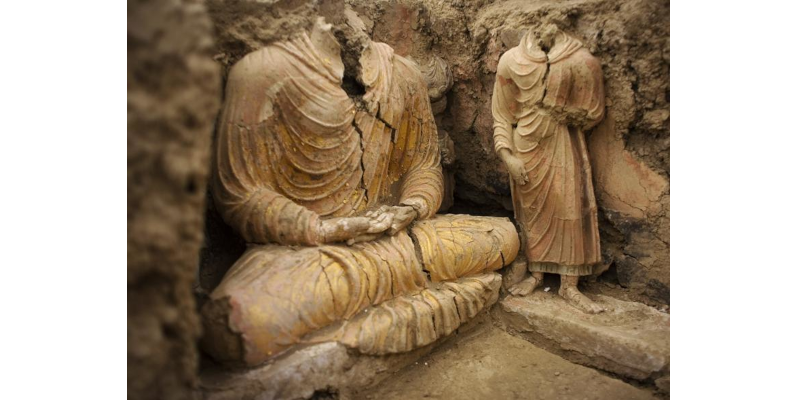
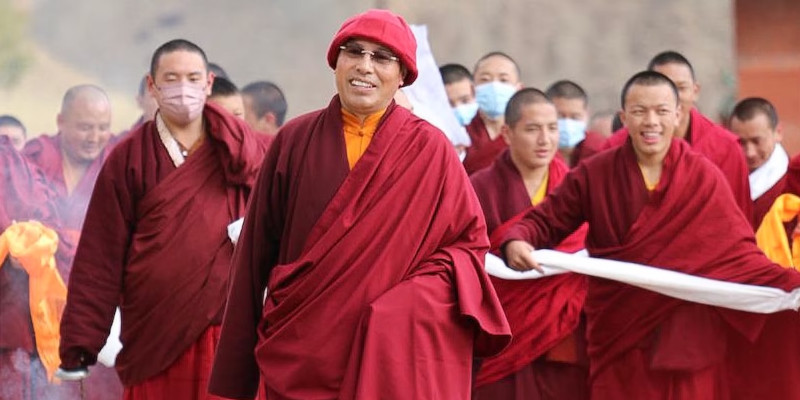
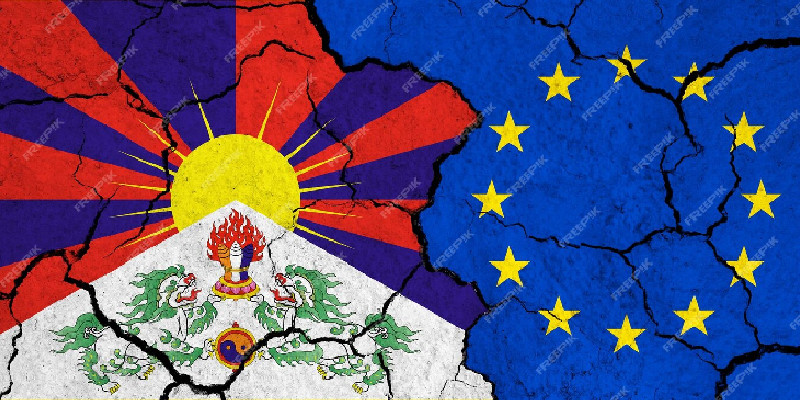
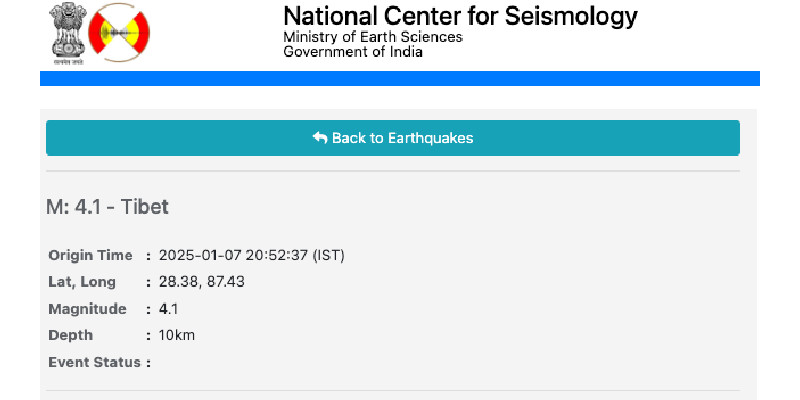
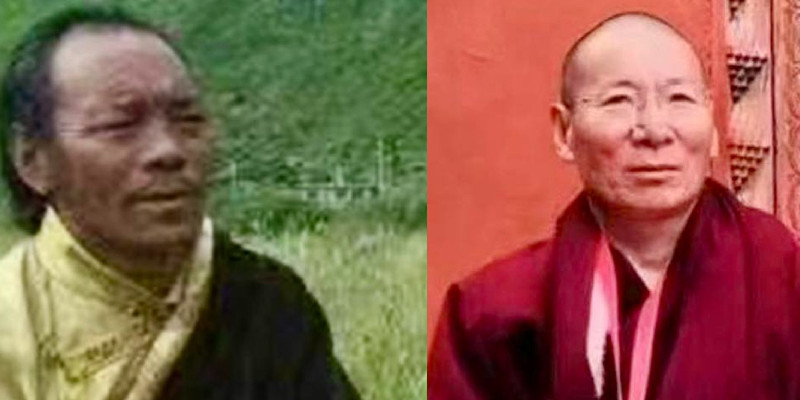
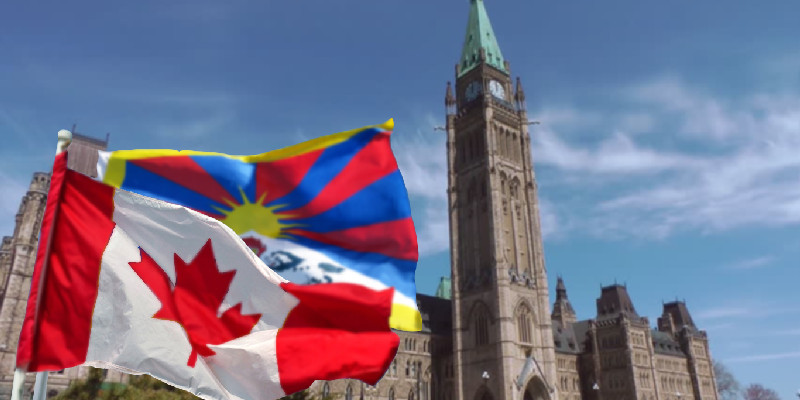
Leave a Reply